Important information about different types of chillies in SA that you can use in your food
For a long time, chillies have been used as spices in many cuisines to add heat to the dishes. The feel of heat in dishes has been welcomed by several. So welcomed it is that there exists a chilli challenge. The challenge is a viral internet video that shows people chewing and swallowing chillies that are high on the Scoville scale. The challenge gained so much popularity which made it get featured in many television series such as Man v. Food. The challenge has managed to showcase different types of chillies, some of which are available in the South African market.
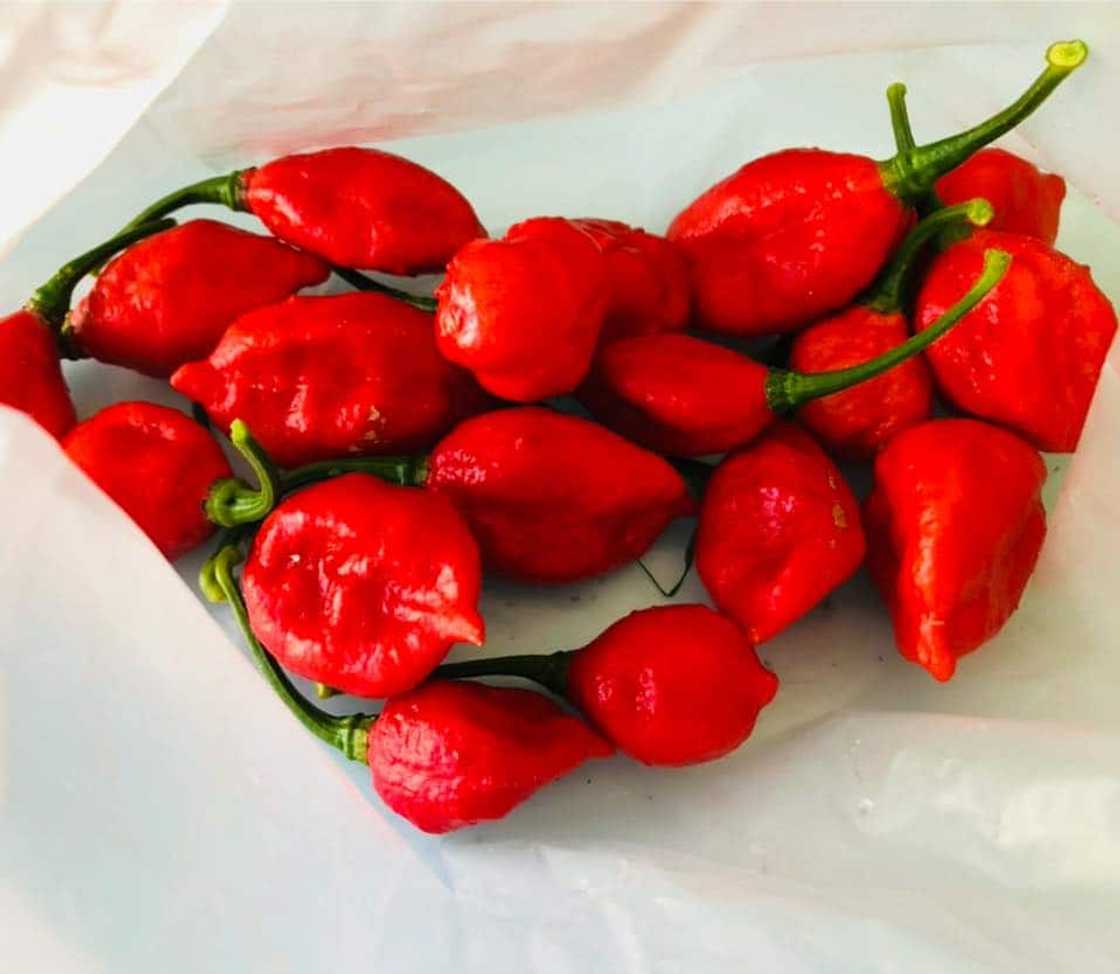
Source: Facebook
The use of chillies originated from Mexico. Over the years, the use of pepper has managed to spread globally. Today, there are over 400 different types of spice. It is estimated that a quarter of the world's population uses the spice as food additives. South African cuisines such as chakalaka and offal curry have adapted to the use of the spice as an ingredient. Read on to get important information about different types of chillies in South Africa that you can use in your food.
Scoville scale
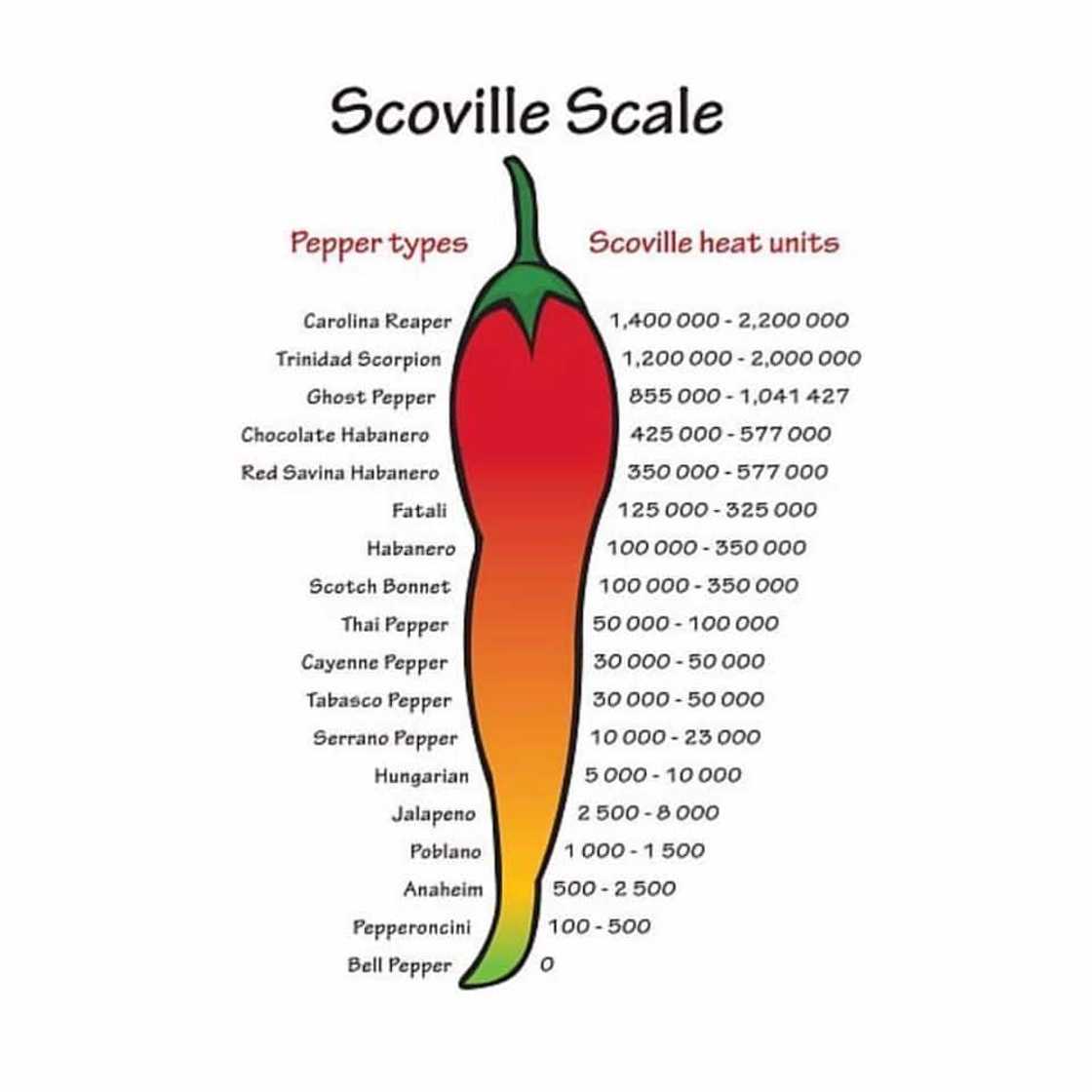
Source: Facebook
The burning sensation of pepper is attributed to an active compound referred to as capsaicin. The intensity of the burning sensation varies according to the capsaicin contents of the peppers. For this reason, the Scoville scale was invented in 1912 to measure the different pungency of varieties. Previously, the intensity was measured physically, using human beings as guinea pigs. The scale has proven to be more accurate and subjective and is still used to measure the heat intensities of pepper. For the chilli lovers, here's a guide to help you determine which types of spice best fits your dishes.
READ ALSO: John Frusciante announces he's rejoining 'The Red Hot Chilli Peppers'
Types of chillies with pictures for South African cuisines
The chilli types and strengths are mostly denoted by their origin and the Scoville scale, respectively. This guide gives some types of chillies with pictures, an excellent tool for chilli buyers in South Africa. So, what is the hottest chilli in South Africa? Let us have a look at the chillies South Africa.
Carolina Reaper pepper
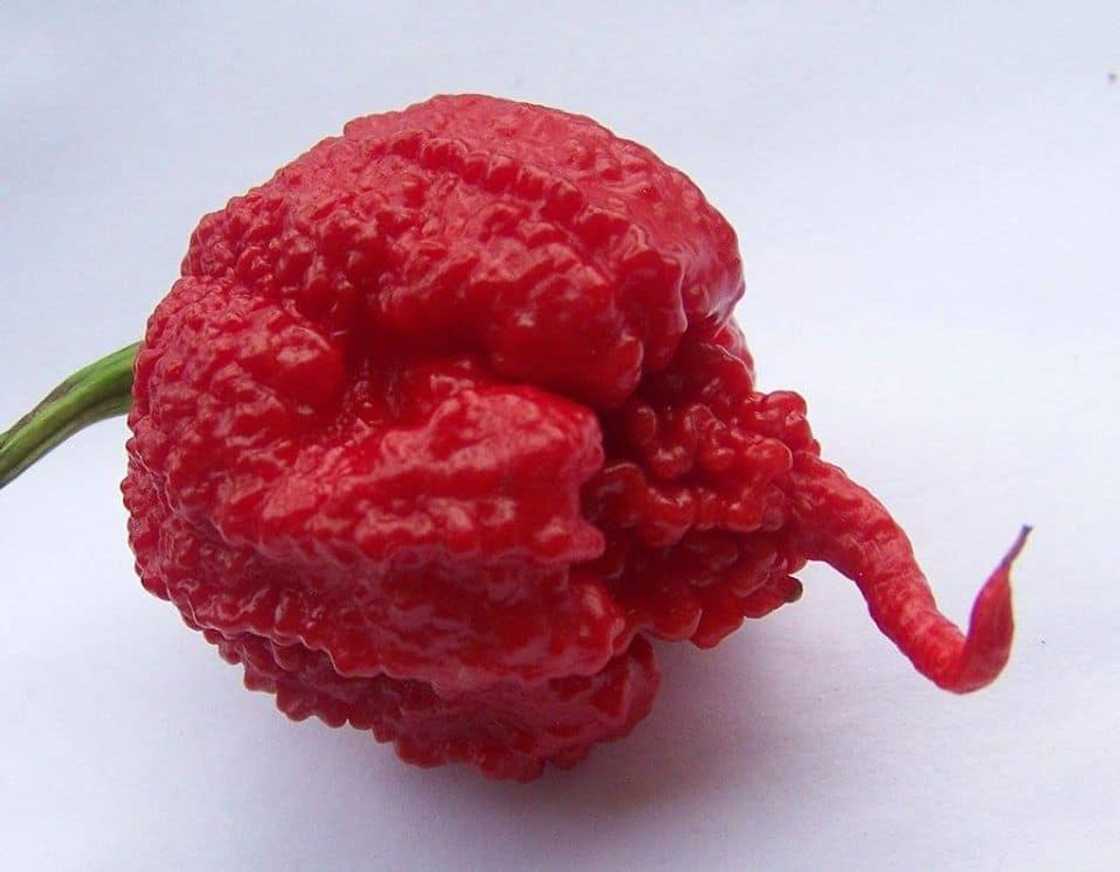
Source: Facebook
The Carolina Reaper is a hybrid chilli pepper of a red habanero and ghost pepper. The variety was bred by Ed Currie, a cultivator who runs South Carolina's PuckerButt Pepper Company.
In 2012, the pepper variety was recorded in the Guinness World Book of Records as the world's hottest chilli. Test done on the pepper revealed that it measures an average of 1,569,300-2,200,000 SHU on the Scoville scale. The Carolina Reaper South African price is an average of R80 for five seeds.
Trinidad Moruga Scorpion Red
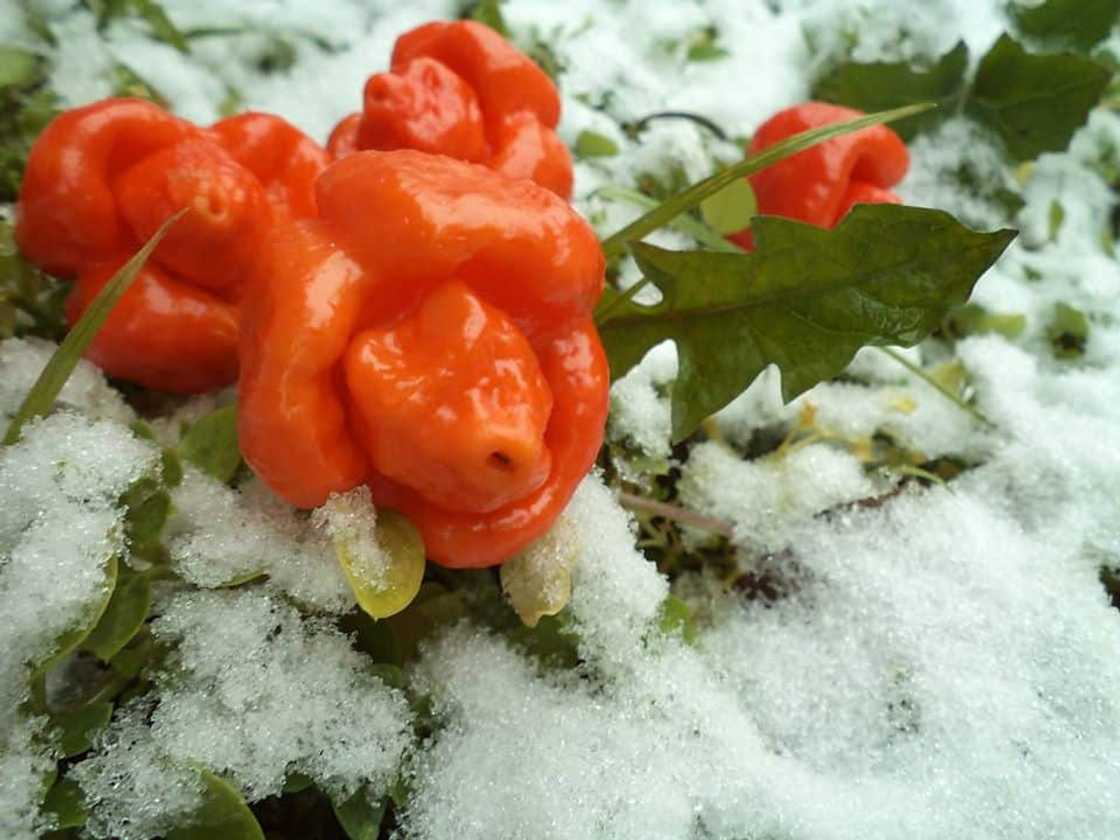
Source: Facebook
This variety of chilli pepper originates from Moruga in Trinidad. The variety is considered as the world's second-hottest variety with a SHU ranking of 1.2 million units to 2,009,231. The average price of 5 seeds is R60.
Ghost pepper
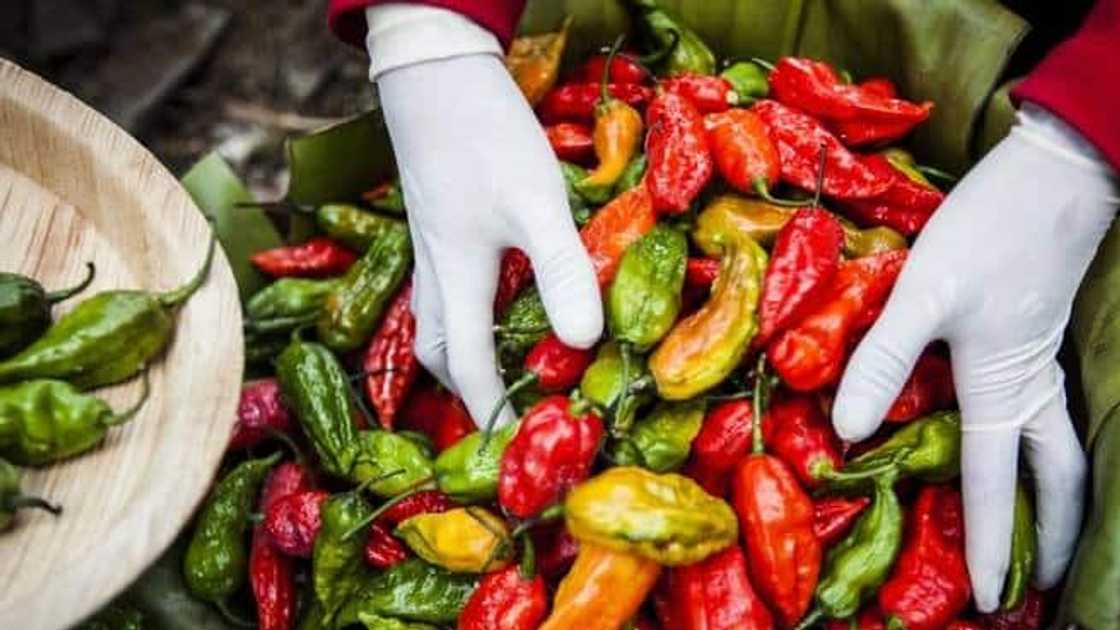
Source: Facebook
The ghost pepper chilli which is commonly known as the Bhut Jolokia. This variety has the previous ranking as the world's hottest pepper due to its unique characteristics. Even with a SHU ranking of 1,001,304 units, touching the flesh causes severe skin burns. An average of 5 seeds cost R25.
READ ALSO: How to make crumbed mushrooms in South Africa
Habanero chillies
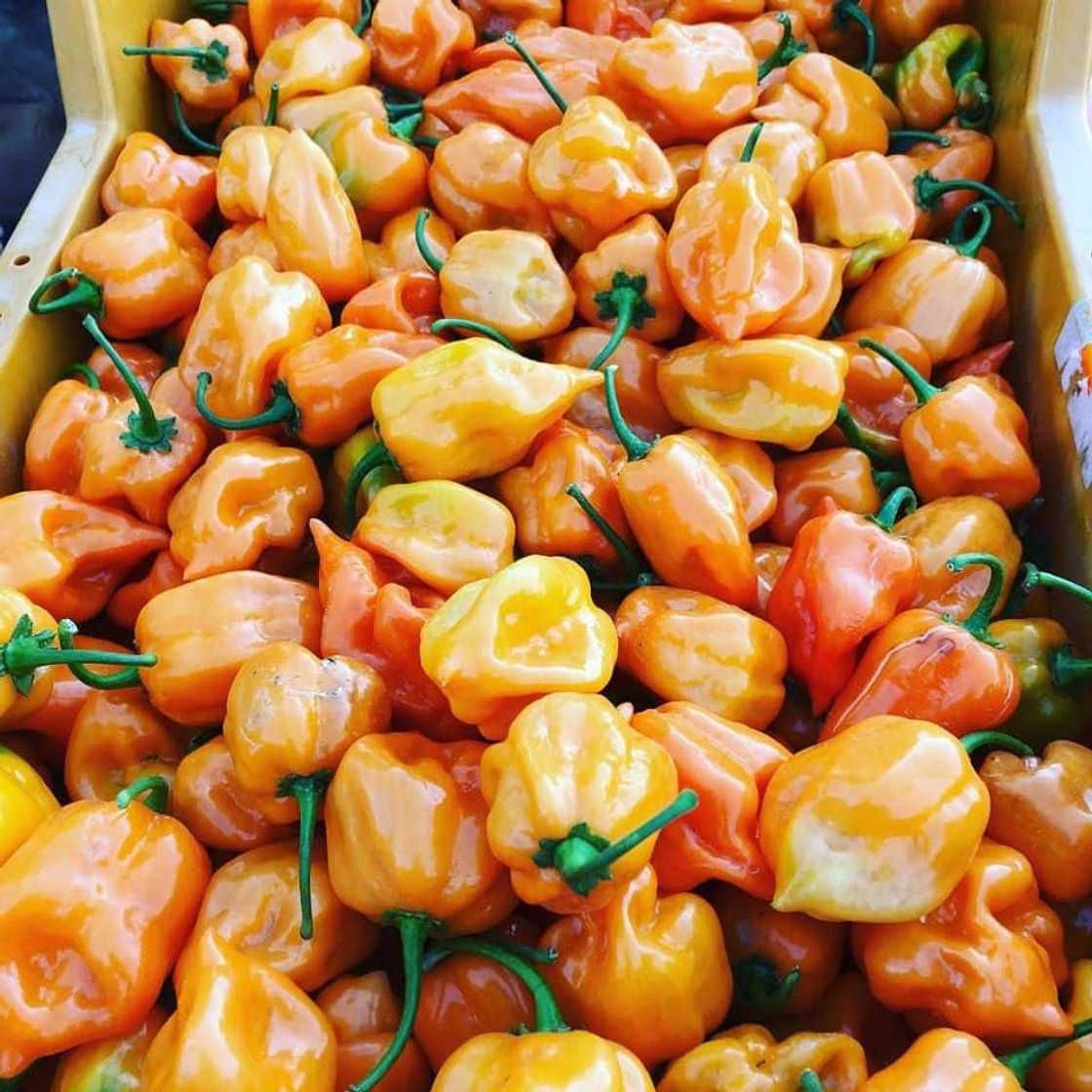
Source: Facebook
Habaneros originated from Mexico. Its name is attributed to Havana, the capital city of Cuba. The variety comes in different colours, although the original variety is orange. It is speculated that this variety aids in controlling insulin levels, although there is less evidence supporting the claim.
The pungency of the variety ranges from 100,000 to 350,000 SHU on the chilli scale. The cost of an orange habanero is approximately R11 for 20 seeds.
Bird's eye
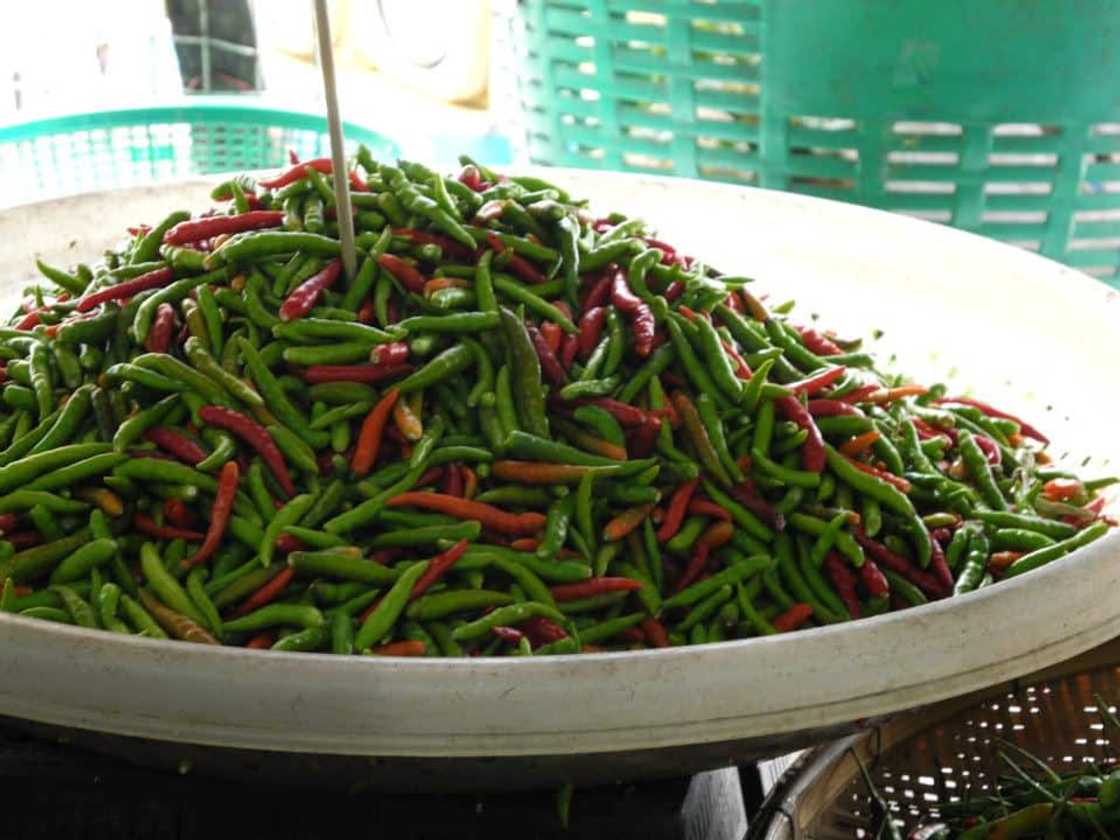
Source: Facebook
This variety originated from South America and is most prevalent in Asia. Why named the bird's eye? The name of this variety is attributed to the fact that the peppers are often very small, making it easier for birds to spread their seeds. This variety comes in either green or red colours.
However small they are, they are known to have beneficial in controlling pains as well as acting as antibacterial agents. The bird's eye ranges from 100,000 to 225,000 SHU on the Scoville scale. An average of 20 seeds costs R14.
Piri Piri (African Bird's eye or Peri Peri)
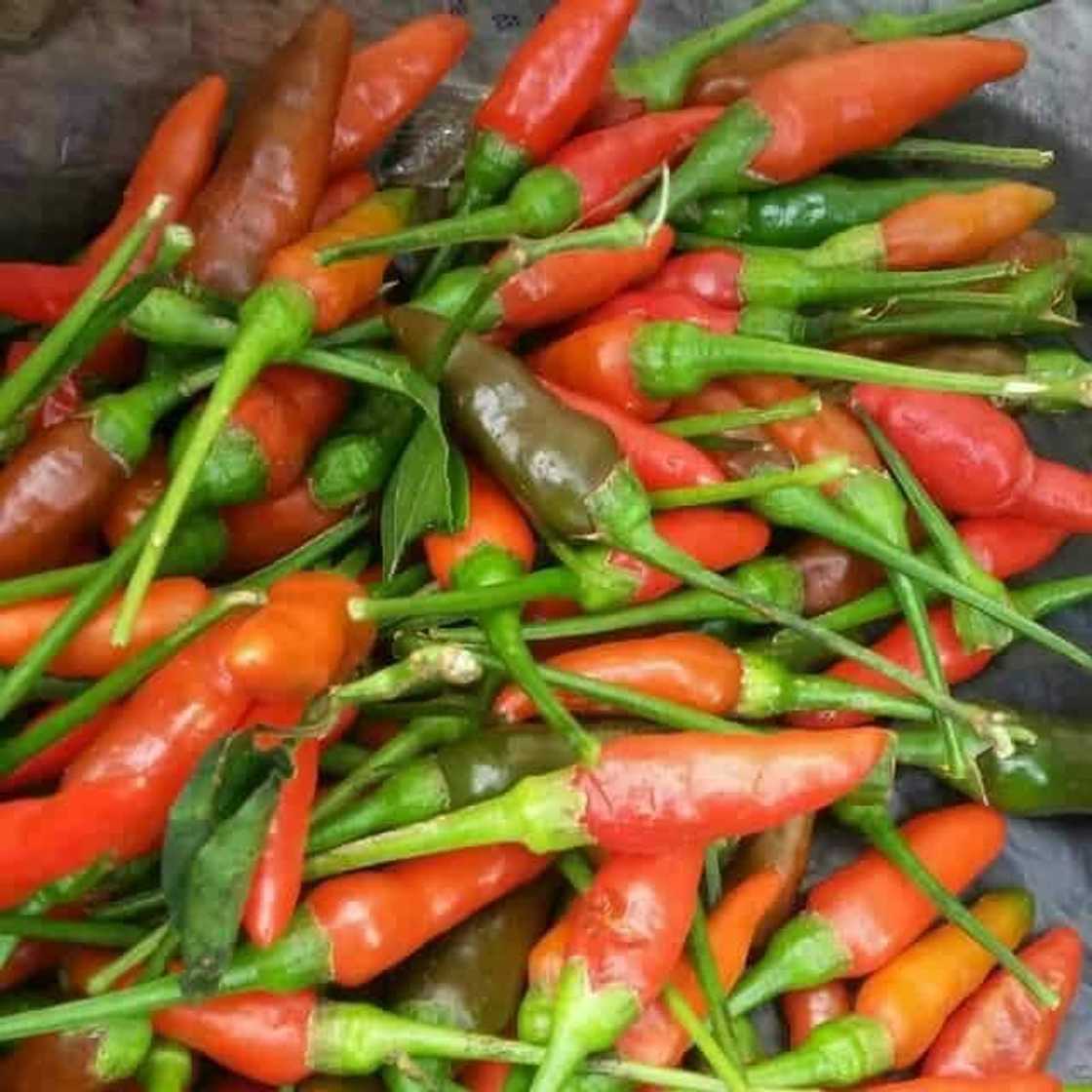
Source: Facebook
This type of spice is vastly known among South Africans. Its common use is in the preparation of the Peri peri chicken dish. As small at it is, the red chilli spice provides heat that is enjoyed by many. Piri Piri has a ranking of 50,000 to 175,000 on the Scoville scale. An average of 10 seeds costs R8.
Red cayenne pepper
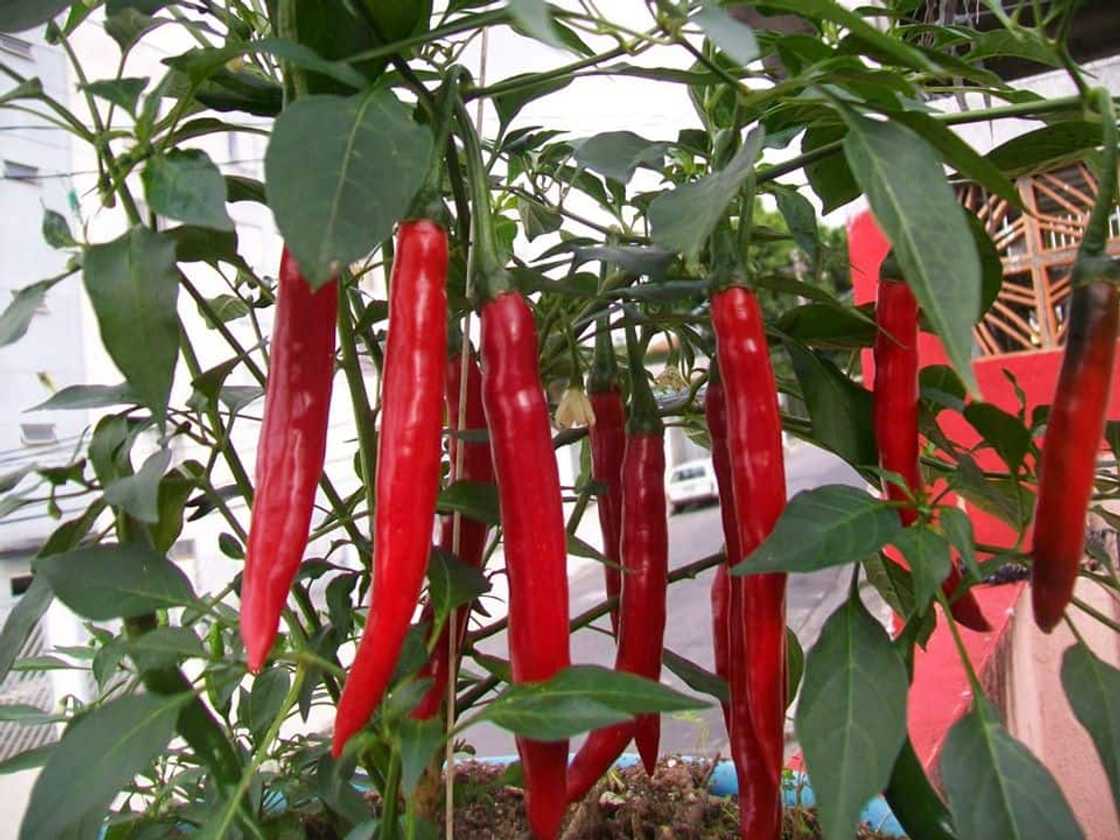
Source: Facebook
The red pepper is named after the city of Cayenne. The variety is also known as the Guinea spice. They are mainly used for flavouring dishes as well as for medicinal purposes. They can be used in powder form or a complete form. These red chillies have a ranking of 30,000 to 50,000 SHU units. Thirty seeds cost an average of R9.
Serrano
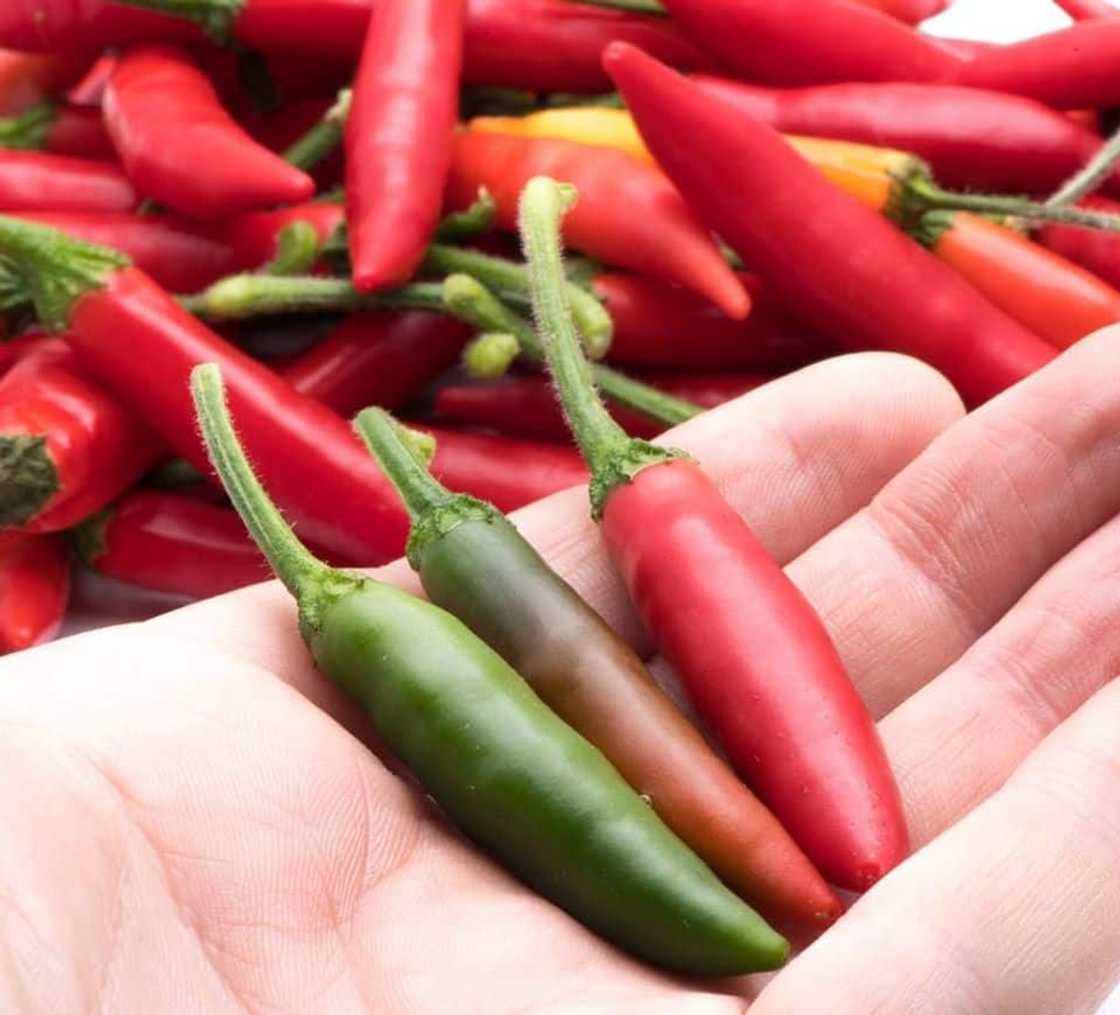
Source: Facebook
Serrano measures 10,000 to 25,000 SHU units on the Scoville scale. They are usually green when unripe but turn into a range of colours when ripe. The hot chilli pepper comes in handy when preparing salsa, fried, or pickled dishes. Thirty seeds of the pepper cost R10.
Jalapeño and Chipotle
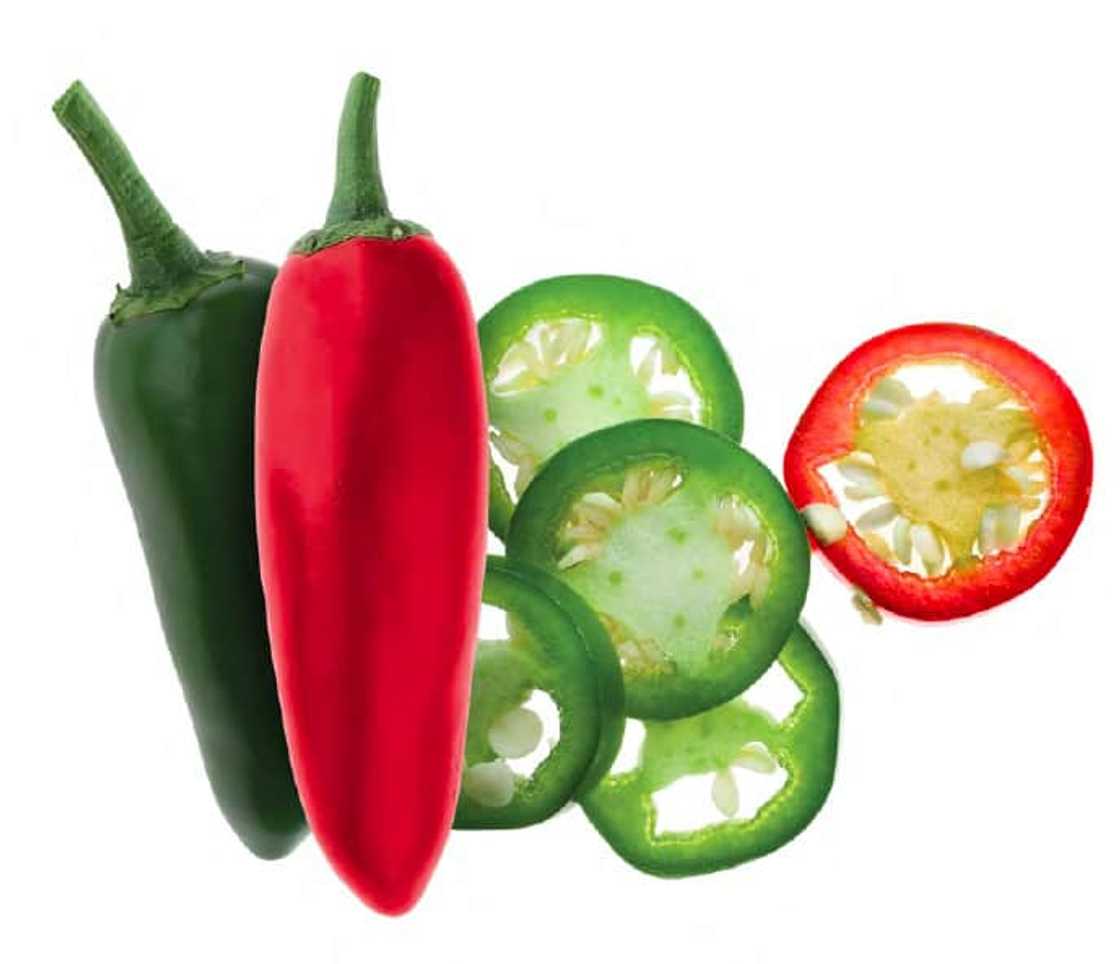
Source: Facebook
The terms Jalapeño and Chipotle are quite common in the pepper world. How are the two related? Chipotle peppers are typically Jalapeños, only that they have aged, dried, and smoked. As chillies ripen, their capsaicin levels increase. Therefore, the heat difference is due to the 'age differences.'
Chipotle South Africa looks dried and smoky while Jalapeños are fresh and crispy. Jalapeños range from 1,000 to 20,000 SHU, while Chipotles range from 2,500 to 10,000 SHU.
Peppadew
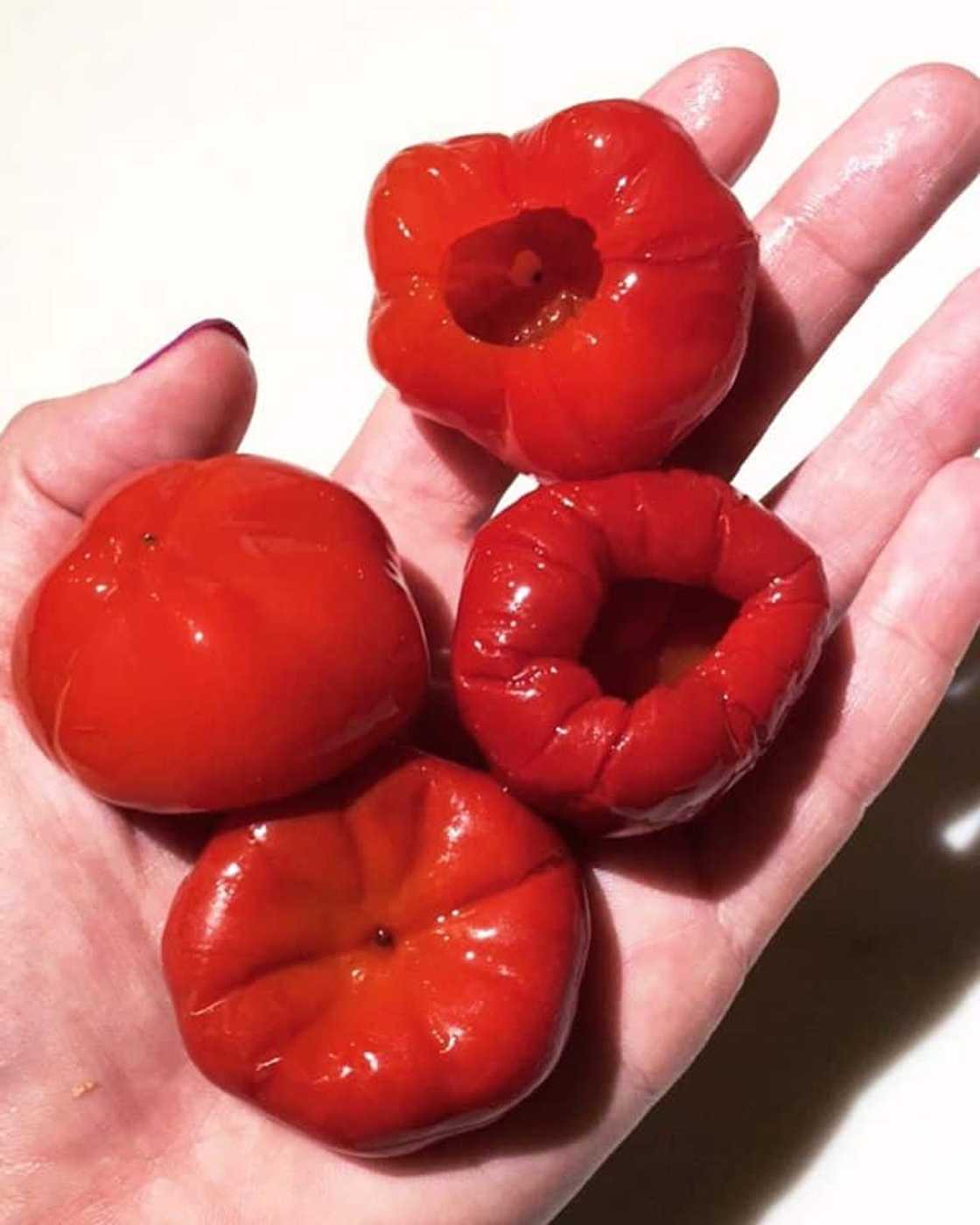
Source: Facebook
Peppadew pepper is originally South African. The discovery of this variety was made in the 90s. Since then, the variety continues to gain global popularity. The heat of the variety is mild, giving it a unique taste. The pepper has a rating of 1,100 to 1,200 SHU units. The peppadew chilli is vastly used as a spice for quick snacks.
How to dry chillies
Chillies can be dried using the following methods:
- Drying over the oven
- Sun-drying
- By use of a dehydrator
The capsaicin content in pepper is a defence mechanism of the plant to prevent predation of the by animals. Contrary to expectations, human beings continue to explore different types of chillies. The use of pepper as a spice for different dishes has been welcomed in many cuisines, including traditional foods.
READ ALSO:
- Easy and delicious chilli sauce recipe
- How to make butternut soup: best butternut soup recipes
- 39 easy prawn recipes for South Africa
Source: Briefly News

